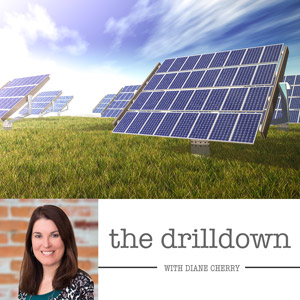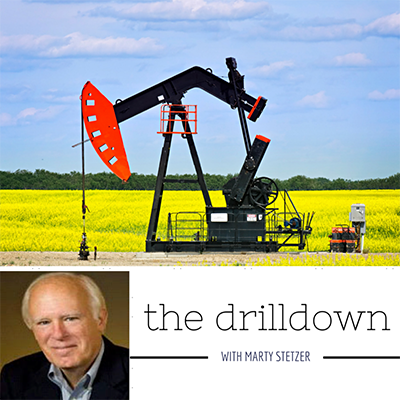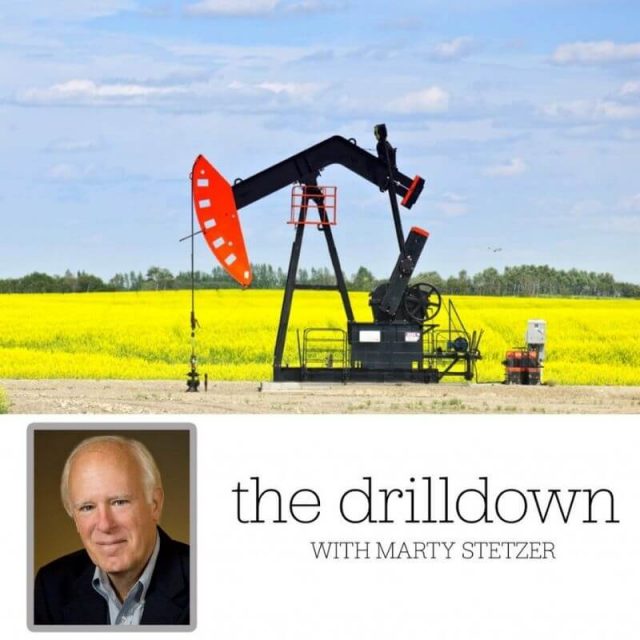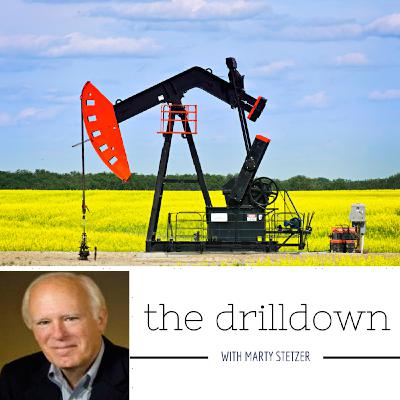Long Duration Energy Storage with Diane Cherry and Marty Stetzer
Description
Thanks for listening to the EKT Interactive Energy Podcast Network.
In this 18 minute episode, Marty Stetzer (EKT Interactive in Houston) talks with Diane Cherry. Prior to starting her own consulting firm, Diane worked for more than 20 years at senior levels in the energy and environmental fields.
We met virtually through the Energy and Utilities Network. In January 2023, she posted a blog describing new technology developments for long-duration energy storage.
Our Energy Storage Management digital training module was built in 2020. Diane's conversation will help our listeners get an update on this important topic.
About the Expert
Diane Cherry

Diane Cherry is the Principal of Diane Cherry Consulting, a woman-owned small business providing environmental and energy consulting services primarily in the Southeastern United States.
Her firm provides services in business development, policy and regulatory analysis, and communications.
She has extensive experience in public policy and communications around energy markets, technology, education, and finance. She regularly speaks at renewable energy conferences in the Southeast and nationally.
Prior to starting her own consulting firm, Diane worked for more than 20 years in the energy and environmental fields.
Diane holds a Master's Degree in Energy Policy from the Harvard Kennedy School, and a Bachelor's Degree in Economics from the University of Virginia.
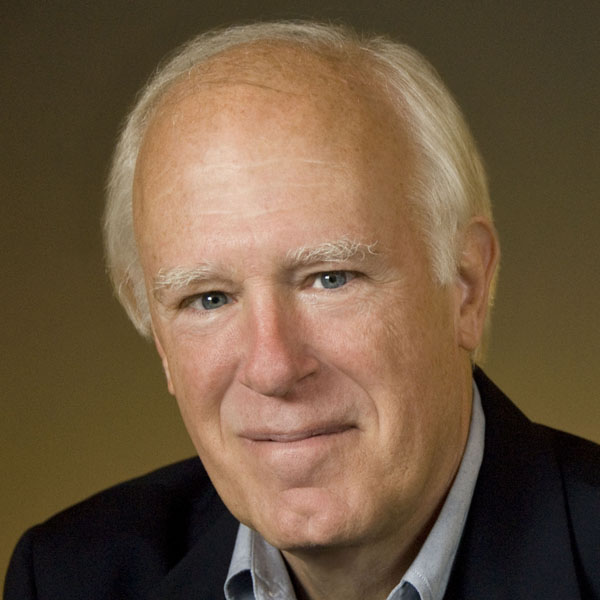 Marty Stetzer – President of EKT Interactive
Marty Stetzer – President of EKT Interactive
President of EKTinteractive in Houston; and producer of our mobile-ready energy series describing How the industry works.
It covers Power, Renewables and Oil & Gas.
In parallel with a 25-year energy career, Marty spent 15 years providing custom blended and e-learning training programs to a variety of technical audiences.
He has global upstream and downstream operations management experience with Schlumberger, Superior Oil-Mobil and Exxon, and was a director in the energy consulting practice at PwC.
Marty has his Bachelors Degree in Mechanical Engineering from Kettering Institute and a MBA from Carnegie Mellon.
Relevant Links
Energy 101 – eLearning for the Energy Industry
DOE – Long Duration Storage Shot
Referenced LDES Companies:
Transcript
Marty: Hi everyone and welcome to Drill Down – our podcast channel that now brings you insights on the clean energy transition.
I'm Marty Stetzer President of EKTinteractive, in Houston, and I will be your host today. And I'll be speaking with DianeCherry in Raleigh, North Carolina.
She has extensive experience in policy and communications on environmental issues, energy markets, clean energy technology, and renewable energy finance throughout the US.
Diane and I met virtually through the Energy and Utilities Network. In January she posted a blog describing new technology developments for long-duration energy storage.
We built a digital training module on Energy Storage Management in 2020. I thought it would be valuable for our listeners to get an update on this important topic.
Marty:
Diane, thanks so much for taking the time today.
Diane:
Thanks Marty good to be here
Marty:
Diane, as a policy and clean energy veteran, can you tell us about your consulting firm, give our listeners your (brief) resume and tell us what got you interested in this specific topic?
Diane:
I have worked in the energy and environmental policy space for more than 25 years as a regulator, at the state, and as an advocate. I have had my own clean energy consulting firm the past five years I work at theintersection of policy and regulation, communications and business development. My clients run the gamut of clean energy developers, advocates, renewable energy finance providers, city government, and higher education.
Marty:
Thanks Diane.. let's get started.
When we put our module together in 2020, the primary battery design for storage to support intermittent wind and solar only had a maximum four hours of duration. What is the business case for longer-duration options?
Diane:
Long duration energy storage defined by the U.S. Department of Energy (DOE) as a system that can store energyfor more than 10 hours — is the lynchpin for solving the intermittency issues with renewable energy production. Whileshorter-duration energy storage (usually 1- 4 hours) can support some renewable energy generation intermittency, as more and more renewables are added to the grid, long duration energy storage is needed to store energy to be dispatched duringlong stretches when solar or wind are not producing.
A primary goal of long duration energy storage is to ensure that renewable energy can be stored when it is generated and deployed to meet sustained energy demand later. In this way, it supports the increased penetration of clean energy technologies; it also gives grid operators added flexibility to balance supply and demand, enables grid resilience, and enables costly transmission and distribution infrastructure upgrades to be deferred.
The trick remains storing energy at scale.
Marty:
In 2020, Pumped Storage Hydro was the prevalent long-duration storage option which could provide 10 or more hours of backup. What is prompting the need for more options?
Diane:
Just to be clear, pumped hydro storage is the only LDES technology deployed on a large scale and will continue to dominate the market until 2030.
Development of a long duration energy storage market has received federal government support through ARPA-E, the research and investment arm of the Department of Energy (DOE). The DOE also launched the Long Duration Storage Shot in July 2021 to reduce long duration energy storage costs by 90 percent (for systems that deliver energy ten or more hours) by 2030. Long duration energy storage will help the U.S. achieve a net-zero carbon grid a target the Biden administration has set for 2050 by dispatching low carbon power when needed and accelerating the retirement of gas peaker plants.
At the state level, California approved $126 million in incentives to demonstrate new long-duration storage technologies. New York State awarded US $16.6 million to five long-duration energy storage projects.
Marty:
Thanks Diane , Sure is a lot of money being spent!
Can you tell our listeners what the promising LDES options are being considered?
Diane:
Long duration energy technologies can be divided into electrochemical energy storage, thermal energy storage, flow batteries, and mechanical energy storage. And right now there are different commercial scale foreach of these categories. I'll just hit a couple of them.
Electrochemical LDES: Companies in this space are trying to find the sweet spot of lithium-ion batteries for long-duration energy storage. Earlier this year, an eight-hour duration lithium-ion battery project became the first long-duration energy storage resource selected by a group

